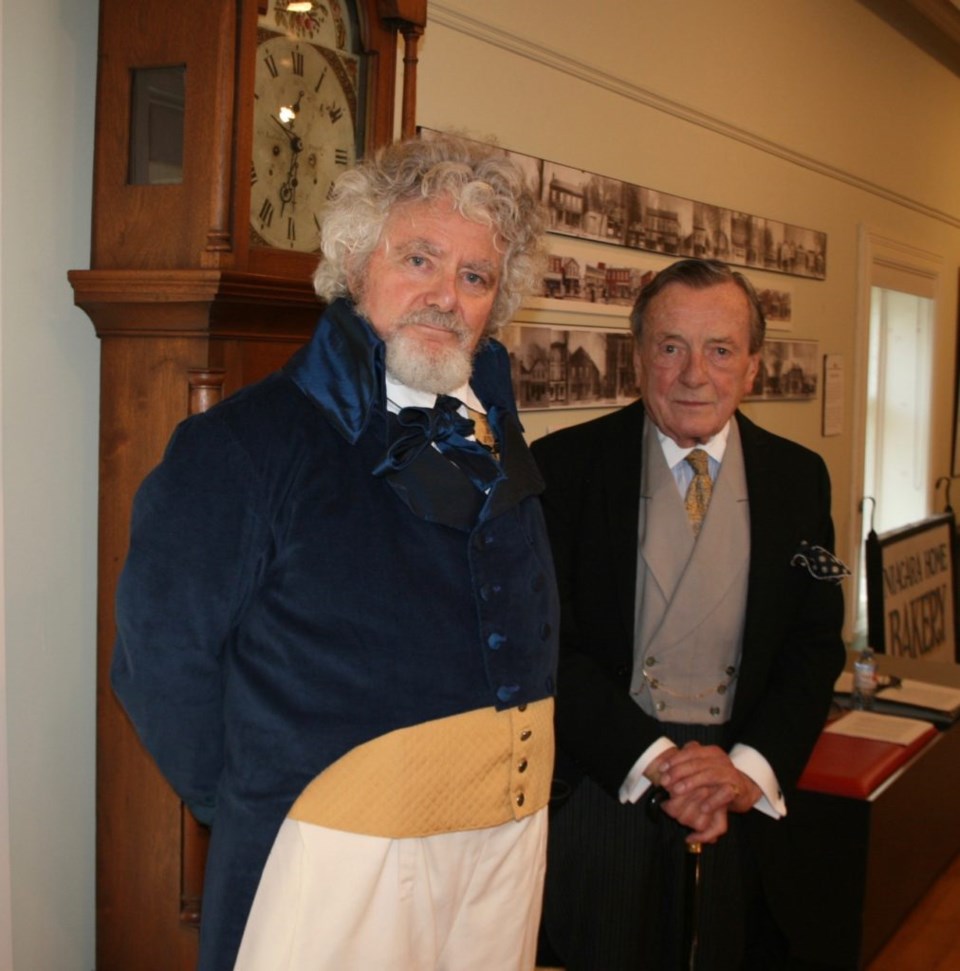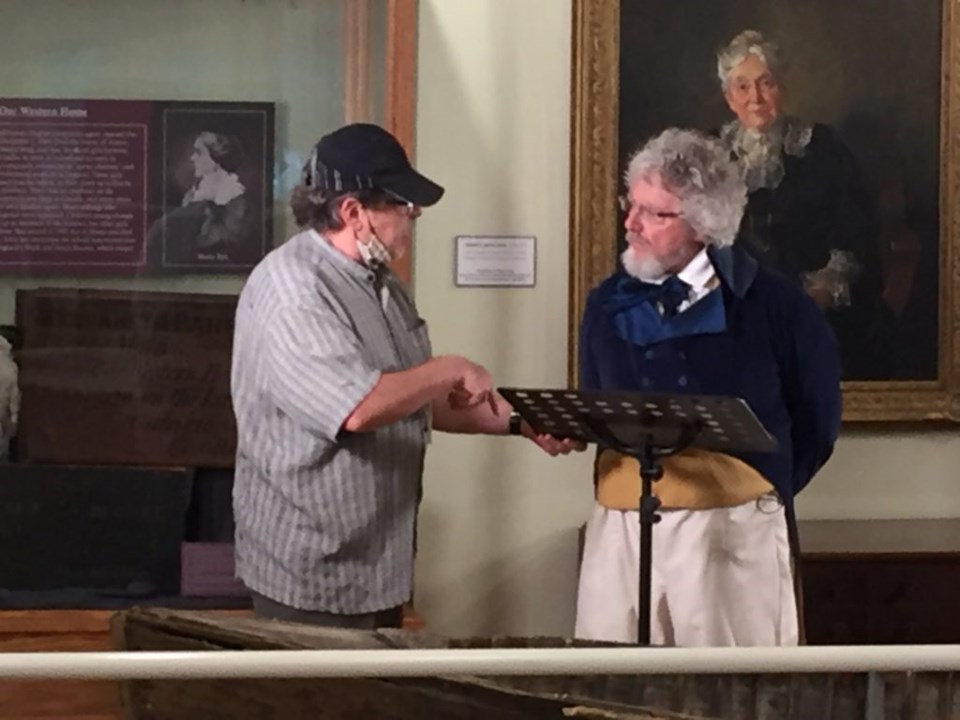
You can tell a lot about a person by looking at their hair. In Ludwig van Beethoven’s case, it took 171 years for his hair to reveal some of the truths about, and to dispel some of the myths surrounding the man.
In 1827, as Beethoven lay dying, a young musician named Ferdinand Hiller came to pay his respects to the great composer. Hiller snipped a lock of Beethoven’s hair as a keepsake, as was customary at the time. Somehow over the years, the lock of hair found its way to Nazi-occupied Denmark, where it was given to a local doctor, Kay Fremming, who was involved in the effort to help save hundreds of Jews during the Second World War.
Fremming’s daughter eventually consigned it for sale at Sotheby’s, listed as lot 33 at auction, in a 10.5 x 9.5 centimeter oval frame. It was purchased in 1994, and a few years later the lock of hair underwent a series of complex forensic tests in the U.S., in the hope of finding the probable causes of the composer’s chronically bad health, his deafness, and his death.

This Sunday, Sept. 27, Music Niagara presents Beethoven’s Hair as part of the non-profit organization’s 2020 At Home Concert Series. It weaves together music from Beethoven and other composers through the years, played by Elina Kelebeev on piano and Music Niagara artistic director Atis Bankas on violin, with readings based on the book Beethoven’s Hair: An Extraordinary Historical Odyssey and a Scientific Mystery Solved, by Russell Martin.
Old friends and colleagues Guy Bannerman and Jamie Mainprize jumped at the chance to work together on the project. Filmed at the Niagara-on-the-Lake Museum, the two vastly experienced actors, dressed in period costume, take turns narrating the story with their dulcet tones.
Mainprize remembers Bankas first coming up with the idea more than 10 years ago. “He thought it would be good to shorten the book somehow,” he explains, “to provide a script, so that a reader could do it and some music could be done. He didn’t have the time, so he asked me to do it, and the script reading is my abridgement of the book.”
Both Bannerman’s wife, Marian, and Mainprize’s wife, Virginia, have been actively involved in Music Niagara as volunteers and board members. Both actors say that they love and respect the quality and importance of the festival here in NOTL, and have helped out whenever they could. But their association with Music Niagara is not the only thing that has brought them together.
Bannerman and Mainprize first collaborated in 1959, when they were both working with the revived Straw Hat Players in Peterborough and Port Carling. “When we met,” says Bannerman, “I was a young boy and Jamie was, of course, incredibly old to me (he was 23). Now of course, we’ve ended up being essentially the same age.”
Mainprize tells the story of a mongrel dog who appeared in a play there that year. The dog, whom the company named Happy, was borrowed from the pound. They both agree that Happy was a sweet, but homely mutt. When the production wrapped, the young Bannerman was afraid of what would happen to the dog if he were to be returned to the pound. Mainprize gave the dog to a friend in Youngstown who had a farm, and Bannerman sadly assumed that Happy would probably be put down. When the two reunited in NOTL, Mainprize gave Bannerman a sketch his friend had made of the dog, which he still has today, proving that his fears were unfounded.
Mainprize moved on to a career that focused mostly on movies, appearing in such films as How to Lose a Guy in 10 Days, Cocktail and Shadowhunter. Along the way, he also became a teacher and ran an educational publishing business. Bannerman, meanwhile, has been a member of the Shaw Festival ensemble for about 30 years. He moved to town in 1993, a year after Mainprize.
Forty years after their first meeting, the two came together once again at the Shaw Festival as cast members of the 1999 production of Daphne du Maurier’s Rebecca, directed by Christopher Newton. Now, with another 21 years gone by, they have been enjoying their sessions collaborating on this week’s production, though they never appear on screen together for Beethoven’s Hair.
It is clear both Bannerman and Mainprize have learned much while delving into the route taken by this very personal historical artifact. Speaking of its link to the Second World War, Mainprize says “it’s really more a study of incredible heroism in the face of terrible persecution, than it is a study of Beethoven’s music or life.”
“The book goes into considerable medical detail,” adds Mainprize, “to examine the cause of his death, among other things. I just expunged (the medical information), as it doesn’t fit in with a musical, dramatic presentation.”
But Bannerman adds that the secrets upon which that lock of hair shed light are revealed. “There are three important facts that are revealed in one paragraph by the writer,” he says, “and they are the most significant.”
Due to technical difficulties, the premiere of Beethoven’s Hair, originally scheduled for Sunday, September 17, has been moved to Wednesday, September 30. You can see it via musicniagara.ca at 4:15 p.m. Go to the WATCH LIVE section of their website to see it.


